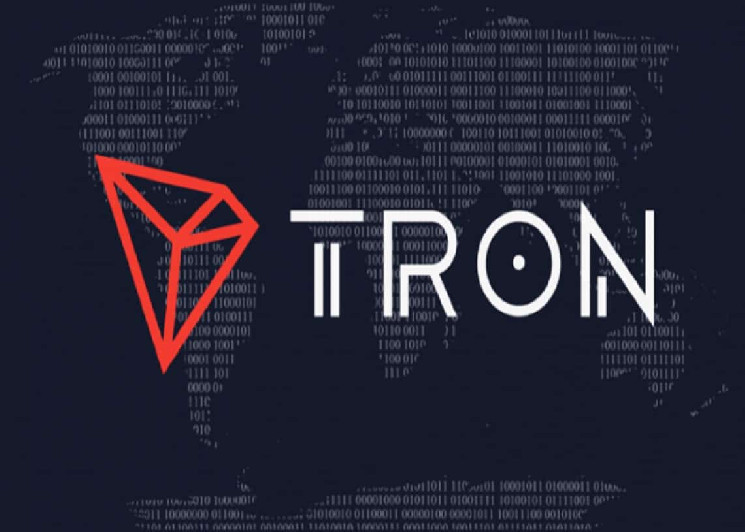The cryptocurrency market has witnessed significant growth in recent years on a global scale, driven by various factors.
Key takeaways include the adoption of stablecoins like USDT in countries such as Argentina and Venezuela to combat inflation, leading to a 42.5% year-over-year growth in crypto transactions in Latin America. Meanwhile, Europe stands out as a leading crypto market with robust regulatory support. With initiatives like the Markets in Crypto-Assets Regulation (MiCA), Europe is projected to reach $40.5 trillion in trading volume by 2024, representing 37.32% of global cryptocurrency transactions.
Both regions are leveraging cryptocurrencies for different purposes; Latin America focuses on financial inclusion and inflation protection, while Europe’s growth is driven by fintech innovation, regulatory clarity, and sustainability initiatives.
Latin America has experienced substantial growth in the cryptocurrency industry, with a year-over-year growth rate of approximately 42.5% and nearly $415 billion in crypto transactions between mid-2023 and mid-2024. Countries like Argentina, Brazil, and Venezuela are at the forefront of this growth, with unique trends observed in each nation.
On the other hand, Europe emerges as the second-largest crypto market globally, anticipated to reach a total trading volume of $40.5 trillion by the end of the year. This growth is supported by a well-regulated environment, robust fintech ecosystem, and increasing interest in sustainability initiatives.
Maria Fernanda Juppet, CEO of CryptoMKT, emphasizes the global significance of the cryptocurrency market, surpassing $108 billion in transactions in 2024, indicating its integration into the international financial system.
When examining the main factors behind cryptocurrency growth in Europe and Latin America, distinct drivers are identified in each region.
In Latin America, economic instability and inflation have been key catalysts for cryptocurrency adoption. Nations like Venezuela and Argentina facing hyperinflation have turned to stablecoins like USDT to safeguard their savings. Additionally, the lack of access to traditional financial services in the region has propelled the adoption of cryptocurrencies for financial inclusion.
Conversely, Europe’s growth in the crypto market is attributed to its clear regulatory framework, advanced fintech ecosystem, and emphasis on sustainability. Regulatory initiatives like MiCA have bolstered investor confidence, while innovative blockchain projects and fintech companies contribute to the region’s cryptocurrency adoption.
Igor Pugachevsky, CPO of Blum, underscores the steady growth of cryptocurrency adoption in Europe, highlighting regulatory challenges and trust issues as barriers to mass adoption.
The cryptocurrency industry’s evolution in Latin America and Europe showcases the diverse economic landscapes and technological advancements driving adoption in each region. While economic instability fuels crypto adoption in Latin America, Europe’s focus on regulation, innovation, and sustainability solidifies its position as a global leader in the cryptocurrency space. These regions exemplify how cryptocurrencies are reshaping financial systems worldwide through unique economic needs, regulatory advancements, and technological innovations.









